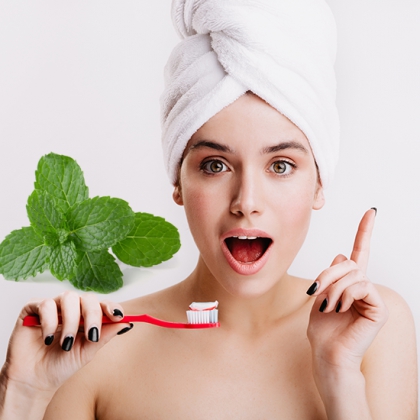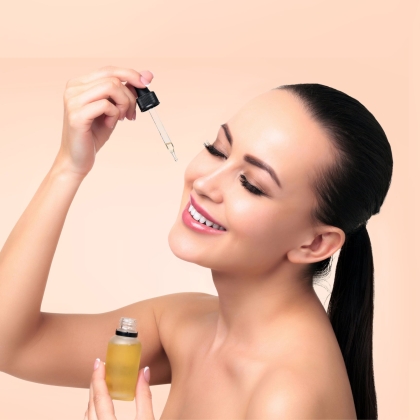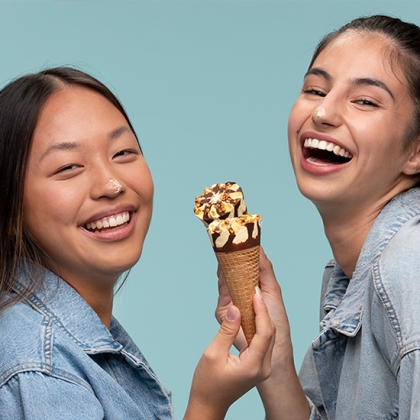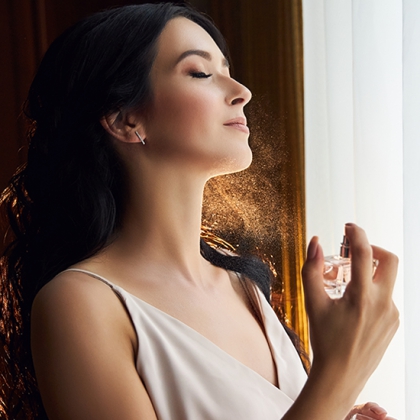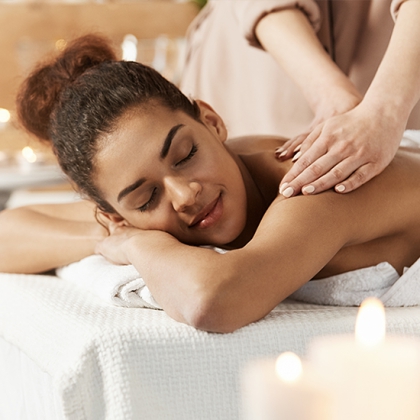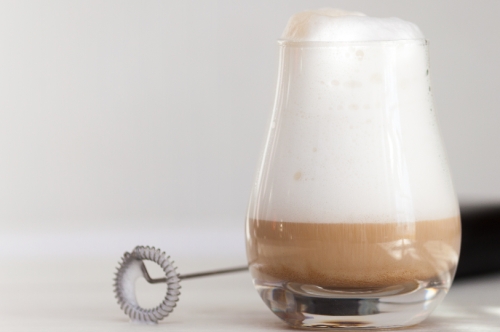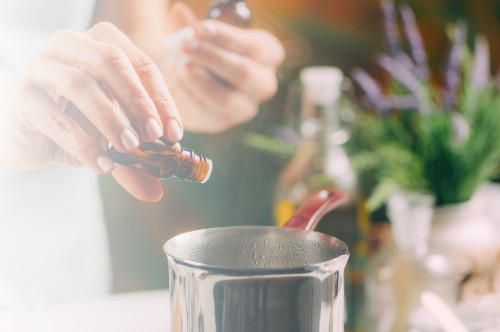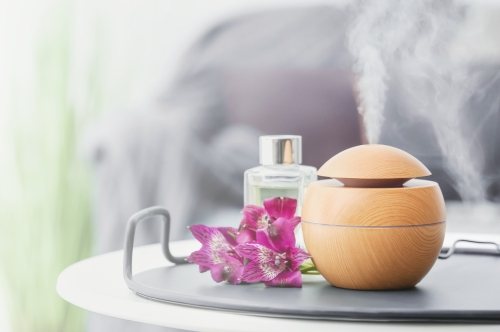Vanilla Extract in Cake: Steps To Elevate Your Desserts
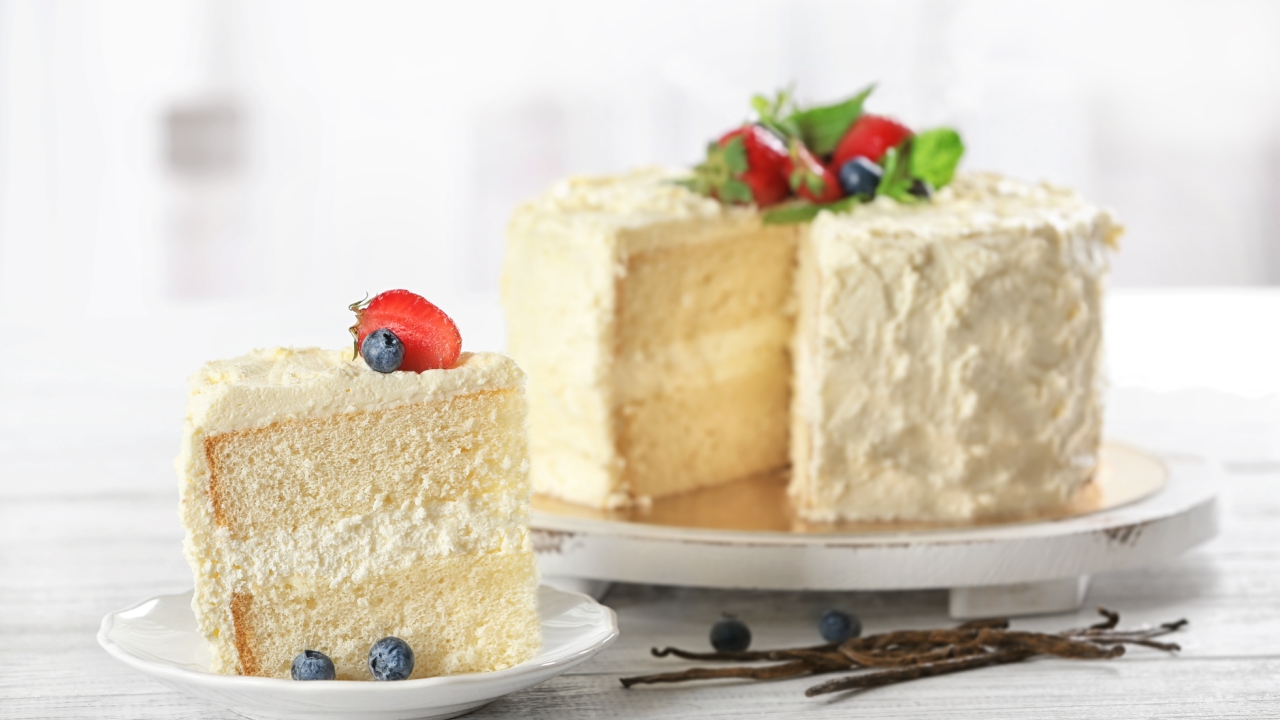
Vanilla extract is one of the most common and versatile ingredients in cake baking. It adds a rich and complex flavour to any cake, enhancing the sweetness and aroma of the other ingredients. But do you know what vanilla extract is, how it is made, and how it works in cake recipes? In this blog post, we will explore the secrets of using vanilla extract in cake baking and share some tips and tricks to get the best results.
What is Vanilla Extract?
Vanilla extract is a liquid flavouring made from vanilla beans, which are the seed pods of a tropical orchid plant. Vanilla beans are harvested, cured, and soaked in alcohol and water to extract their flavour compounds. The resulting liquid is called vanilla extract, and it contains hundreds of different chemicals that give vanilla its distinctive taste and smell.
There are two main types of vanilla extract: pure and artificial. Pure vanilla extract is made from natural vanilla beans, and it has a more complex and nuanced flavour. Artificial vanilla extract, also known as imitation vanilla, is made from synthetic vanillin, which is the main flavour compound in vanilla. Artificial vanilla extract is cheaper and more consistent, but it lacks the depth and richness of pure vanilla extract.
Vanilla extract plays an important role in cake baking, as it enhances the flavour profiles of the other ingredients. Vanilla extract can balance the sweetness of sugar, complement the richness of butter and eggs, and add a subtle warmth and complexity to the cake. Vanilla extract can also mask any unpleasant or bitter tastes that might come from leavening agents, flour, or cocoa.
The Science Behind Vanilla Extract in Cakes
Vanilla extract is not just a flavouring, but also a chemical agent that affects the texture and appearance of cakes. Vanilla extract contains several chemical compounds that have different effects on cake baking. Some of the most important ones are:
Vanillin: This is the main flavour compound in vanilla, and it is responsible for the sweet and floral aroma of vanilla extract. Vanillin also reacts with other ingredients, such as eggs and sugar, to create new flavour compounds that enhance the taste of the cake.
Acetic acid: This is a byproduct of the fermentation process that produces vanilla extract, and it gives vanilla extract a slightly sour and acidic taste. Acetic acid can help to activate the baking soda or baking powder in the cake batter, creating carbon dioxide bubbles that make the cake rise and become fluffy.
Alcohol: This is the solvent that dissolves the flavour compounds from the vanilla beans, and it also contributes to the flavour and aroma of vanilla extract. Alcohol can help to evaporate some of the moisture in the cake batter, creating a crispier crust and a lighter crumb. Alcohol can also prevent the formation of gluten, which can make the cake tough and chewy.
Vanilla extract also interacts with other ingredients in the cake batter, such as butter, eggs, milk, and flour, to create a harmonious and delicious flavour. Vanilla extract can bind with the fat molecules in butter and eggs, creating a smooth and creamy texture. Vanilla extract can also enhance the flavour of milk and cream, adding a hint of sweetness and richness. Vanilla extract can also soften the starch molecules in flour, making the cake more tender and moist.
Benefits of Using Vanilla Extract in Cake Recipes
Using vanilla extract in cake baking can have several benefits, such as:
flavour enhancement: Vanilla extract can add a subtle and complex flavour to any cake, making it more delicious and satisfying. Vanilla extract can also bring out the best flavours of the other ingredients, creating a balanced and harmonious taste.
Aroma contribution: Vanilla extract can create a pleasant and inviting aroma that can stimulate the senses and increase the appetite. Vanilla extract can also make the cake smell fresher and more homemade, adding to the appeal and enjoyment of the cake.
colour and appearance improvements: Vanilla extract can add a golden and caramelised colour to the cake, making it more attractive and appetising. Vanilla extract can also create a glossy and smooth surface on the cake, adding to the aesthetic and presentation of the cake.
Pure vanilla extract vs. imitation vanilla
When it comes to choosing the type of vanilla extract to use in cake baking, there are some pros and cons to consider. Pure vanilla extract is more expensive and harder to find, but it has a more natural and authentic flavour. Imitation vanilla extract is cheaper and more available, Norex have a range of various Natural and natural identical flavours, which can literally imitate the taste of Vanilla extract. If you want to use the best quality and most reliable vanilla flavour, you should use Norex vanilla flavour, as it is made from premium vanilla beans and has a rich and smooth flavour. You can find Norex vanilla extract undefined.
Tips for Using Vanilla Extract in Cake Baking
Here are some tips and tricks for using vanilla extract in cake baking to get the best results:
- Use the right amount of vanilla extract for your cake recipe. Too much vanilla extract can overpower the other flavours and make the cake too sweet or bitter. Too little vanilla extract can make the cake bland and boring. A general rule of thumb is to use 1 teaspoon of vanilla extract for every cup of flour in the cake batter.
- Use the right type of vanilla extract for your cake recipe. Pure vanilla extract has a more intense and concentrated flavour, so you can use less of it than imitation vanilla extract. Imitation vanilla extract has a more diluted and milder flavour, so you can use more of it than pure vanilla extract.
- Add the vanilla extract at the right time in the cake baking process. The best time to add vanilla extract is at the end of mixing the wet ingredients, such as butter, eggs, and milk. This way, the vanilla extract will be evenly distributed throughout the cake batter and will not lose its flavour during baking.
- Store the vanilla extract properly to preserve its flavour and quality. The best way to store vanilla extract is in a dark and cool place, such as a pantry or a cupboard. Avoid exposing the vanilla extract to direct sunlight, heat, or moisture, as these can degrade the flavour and aroma of the vanilla extract.
Conclusion
Vanilla extract is a wonderful and versatile ingredient that can elevate your cake baking to the next level. By using vanilla extract, you can add a rich and complex flavour, a pleasant and inviting aroma, and a golden and caramelised colour to your cakes. You can also choose between pure and imitation vanilla extract, depending on your preference and budget. And by following some simple tips and tricks, you can use vanilla extract in the best way possible to get the most out of its flavour and benefits. So, the next time you bake a cake, don't forget to add some vanilla extract and enjoy the difference!
FAQ’s
1. Does vanilla extract matter in baking?
Yes, vanilla extract matters in baking, as it can enhance the flavour, aroma, and appearance of your baked goods. Vanilla extract can also affect the texture and consistency of your cakes, as it can react with other ingredients and create chemical changes.
2. What can I replace vanilla extract with?
If you don't have vanilla extract, you can replace it with other flavourings, such as vanilla bean, vanilla sugar, vanilla paste, vanilla powder, or vanilla essence. You can also use other extracts, such as almond, lemon, or coconut, depending on the flavour you want to achieve.
3. Can I use lemon instead of vanilla extract?
You can use lemon instead of vanilla extract, but it will change the flavour and acidity of your cake. Lemon has a more sour and citrusy flavour than vanilla, and it can also affect the colour and texture of your cake. If you use lemon instead of vanilla extract, you might need to adjust the amount of sugar and baking soda or powder in your cake recipe.
4. How much vanilla extract should I use in my cake?
The amount of vanilla extract you should use in your cake depends on the type and size of your cake, as well as your personal preference. A general rule of thumb is to use 1 teaspoon of vanilla extract for every cup of flour in your cake batter. You can also use more or less vanilla extract, depending on how strong or subtle you want the vanilla flavour to be.

